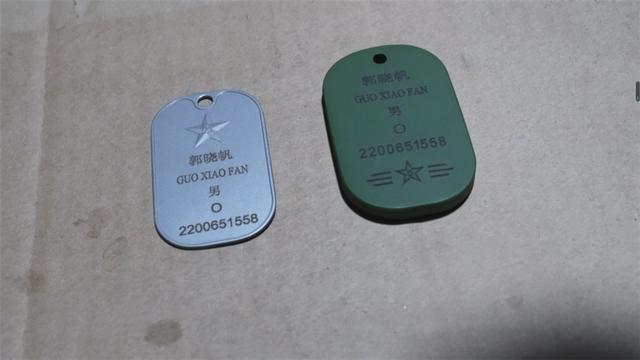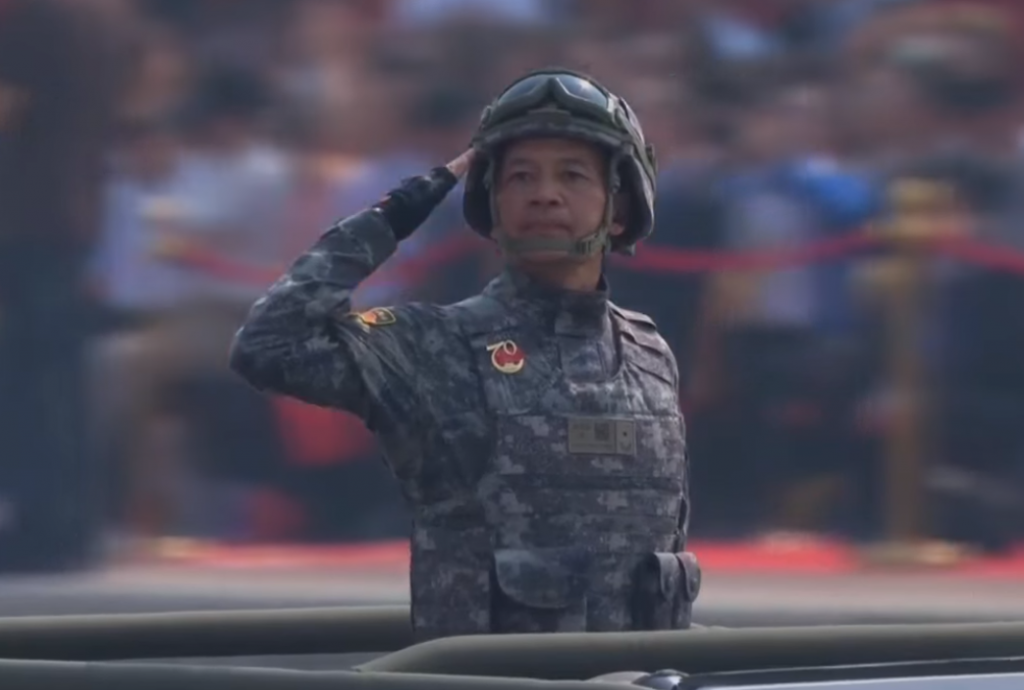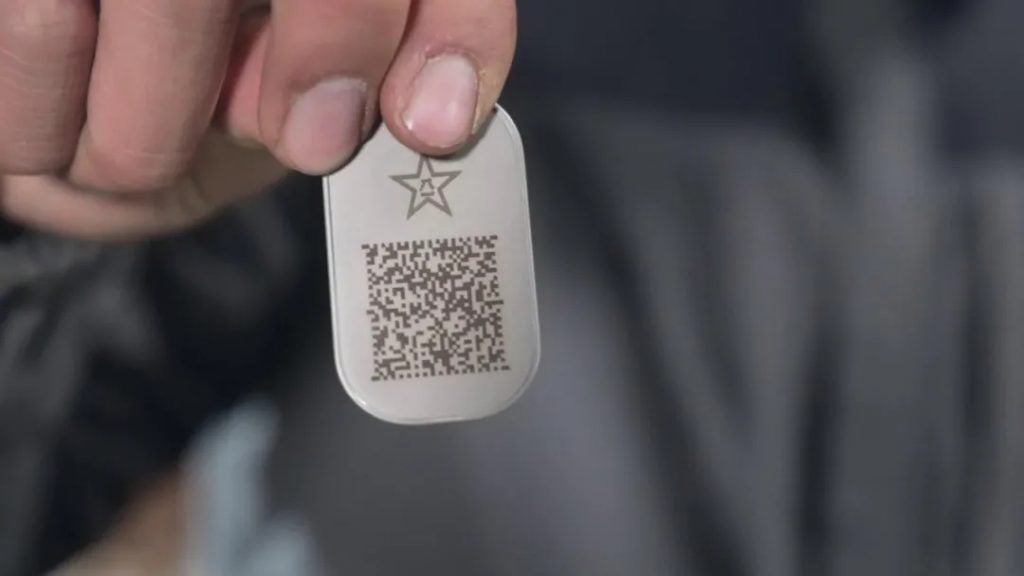PLA Issues First Batch of Dogtags with QR Codes and RFID Microchips
The Ministry of National Defense of the People’s Republic of China has announced that the first batch of new ID tags with QR codes and microchips have been issued to a PLA training unit at Xinjiang Military Command for trials. The move is said to enhance battlefield medicine and other logistical capabilities by giving each soldier a small device on which all of their relevant personal records are stored.

The set of tags consists of a silver metal tag and a green polymer RFID microchip, which come in a small box. The metal tag has the soldier’s QR Code and the PLA’s logo on one side, and the soldier’s name in English and Mandarin, blood type, and ID number on the other. The green polymer microchip tag contains more data: the medical history of the soldier and presumably electronic certificates and other identification information used to access military areas and computers. Presumably, the QR codes used on the tags are unified with the QR codes seen on body armor during the PLA’s 70th anniversary parade.

The PLA appears to be the first military integrating this technology into dogtags, though many other militaries incorporate similar technology into identification cards. The American Common Access Card (CAC) has a built in contact chip which contains identity certificates for network access and an enhanced barcode, but medical information is not directly stored on the card. The modern German Truppenausweis also has a contact chip, but no barcode, rather relying on a passport-style MRP section for identity information.
The advantage of an RFID microchip is it is faster to read in adverse conditions, but also poses some security concerns as they can be remotely read from some distance, something that generally is not possible with a contact chip. However, it’s possible that the PLA has mitigated this by some security features in its chip.

